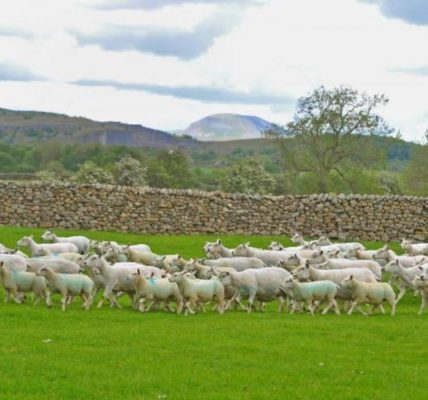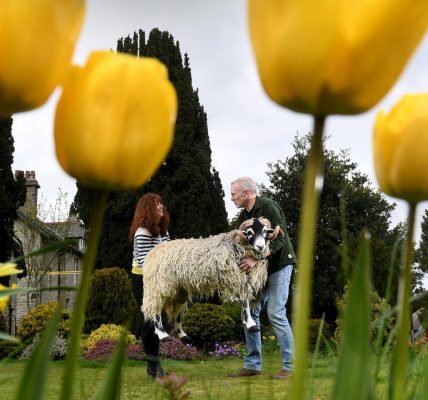The US Vet, Julian Norton has to deal with a difficult second diagnosis – and a billy goat.
The US Vet, Julian Norton has to deal with a difficult second diagnosis – and a billy goat.
The second opinion on Friday morning filled me with dread, even from the far side of the waiting room.
It wasn’t the loud barking emanating from behind nervous, saliva-splattered canine teeth that worried me.
Rather, it was the localised swelling just above the carpal joint on the left front leg of the young German Shepherd cross. I’d seen similar things many times before and I suspected the necessary X-rays would not yield good news.
The previous vets, struggling as we all have been with Covid restrictions, had opted for a hands-off “let’s monitor this firm, painful swelling” approach, which had, unfortunately, failed to take into account that this was a prime predilection site for a horrible tumour called an osteosarcoma.
I examined the lump, and then warned about the possibility of a grave prognosis, before taking the (now friendly) fluffy dog off to have said X-rays.
The first time I saw an osteosarcoma was in an Irish setter I was looking after at vet school, some 20 odd years ago. That day, the diagnosis, radiographic images and subsequent treatments were etched, indelibly onto my veterinary brain, never to be forgotten.
Sure enough, today’s radiographs confirmed my suspicions and more serious discussions were required about the way ahead. Limb amputation followed by a course of chemotherapy would offer the best chance of survival, but it was a lot for the owners to take in when they’d been led to believe the problem was simply a strain.
Later, the gloomy mood was lifted by the arrival of Geoffrey. This happens a lot in the topsy-turvy world of veterinary practice. Sad cases are swiftly balanced out by happier patients, which always seem to appear at the opportune moment.
Geoffrey was a fully-grown billy-goat, rehomed because of his over-amorous tendencies and now requiring castration before going to the new farm. It fell to me to perform the honours. For some reason, in my mind’s eye, I had imagined that Geoffrey was a small goat, easily to carry into the vets.
In reality, he was bigger than a Rottweiler and the curly horns atop his handsome head added to his impressive demeanour. As I carefully steered him into the prep room, I feared a caprine catastrophe was imminent. If he escaped, it would be the goat equivalent of a bull in a china shop.
But despite the impression he gave by virtue of his size, Geoffrey was a model patient. Goats do not respond well to the local anaesthetic that vets use for castrating farm animals, so it is safer to perform the procedure under a full general anaesthetic at the surgery rather than on the farm. We slotted a catheter into the vein in his leg to allow my colleague Helen to keep him asleep.
Meanwhile, at the action end, I carefully sliced into the enormous and well-used testicles, removing first one, then the other. Within a few minutes, it was all done.
Modern anaesthetics can allow a rapid recovery and this is what happened with Geoffrey. He was soon stomping up the ramp of the trailer in which he had arrived, to head back home. But at the practice, a bigger challenge remained, to rid the surgery of the smell of billy goat and mop the floors. It seemed as if he’d sprayed urine into every corner.
But worse still, Helen, who had not thought to don her waterproof trousers in advance, found all her clothes were infused with goat urine. She had to resort to wearing surgical scrubs for the rest of the day!










